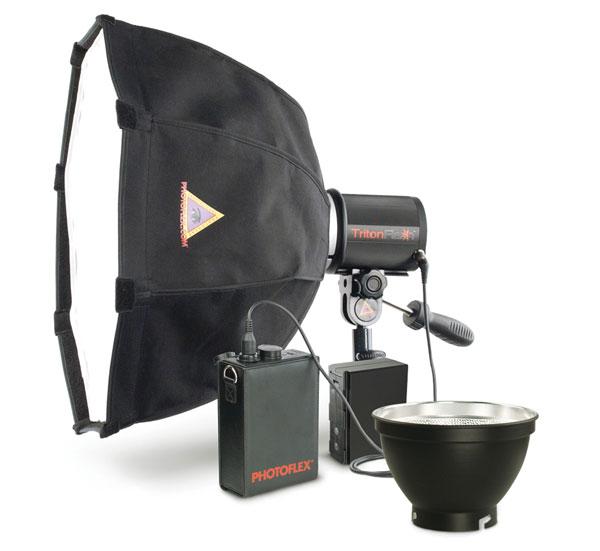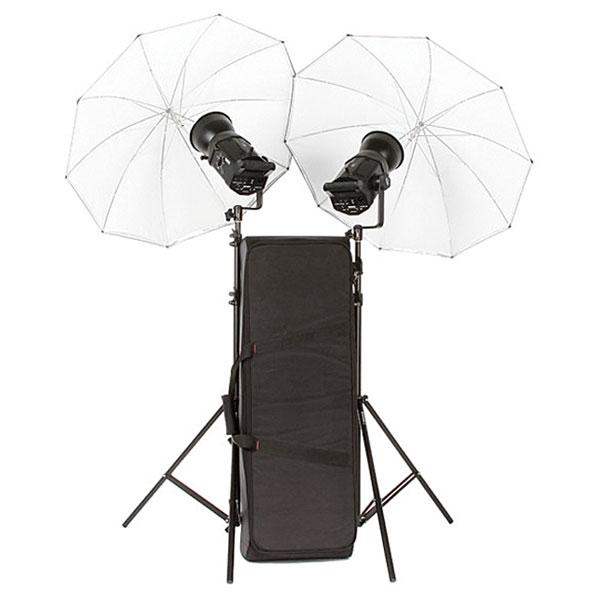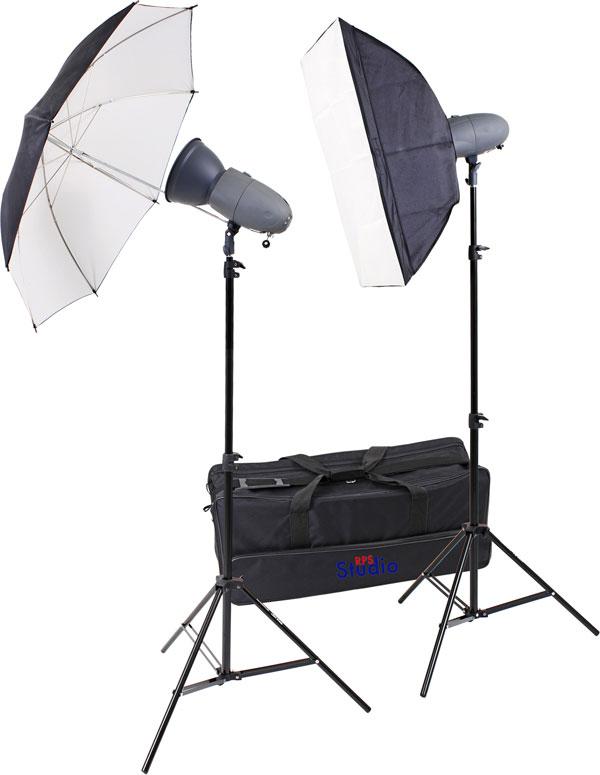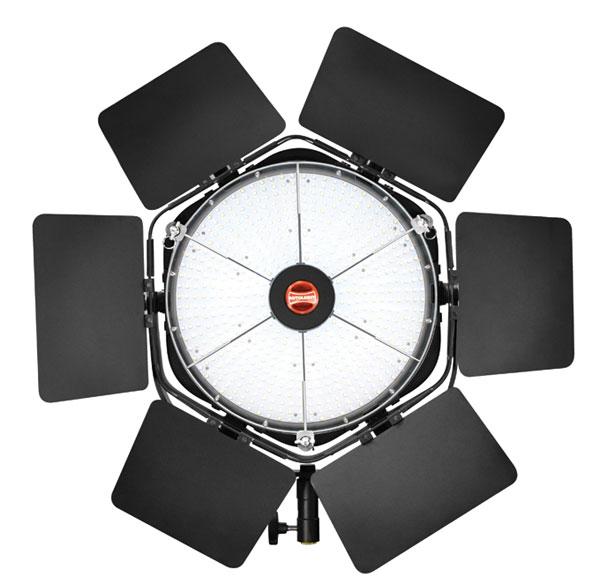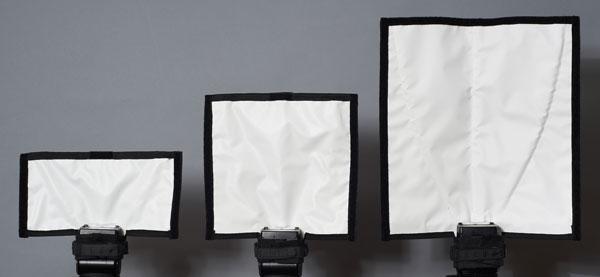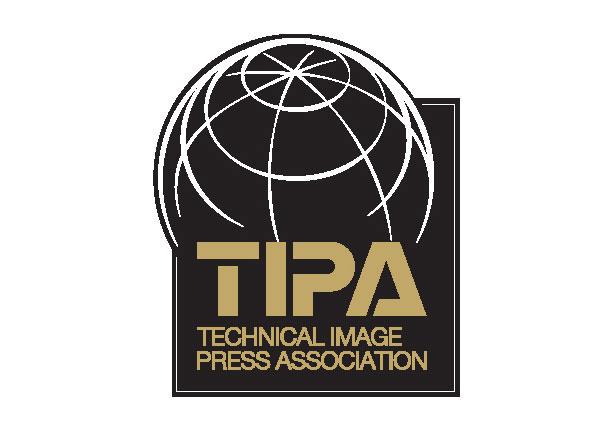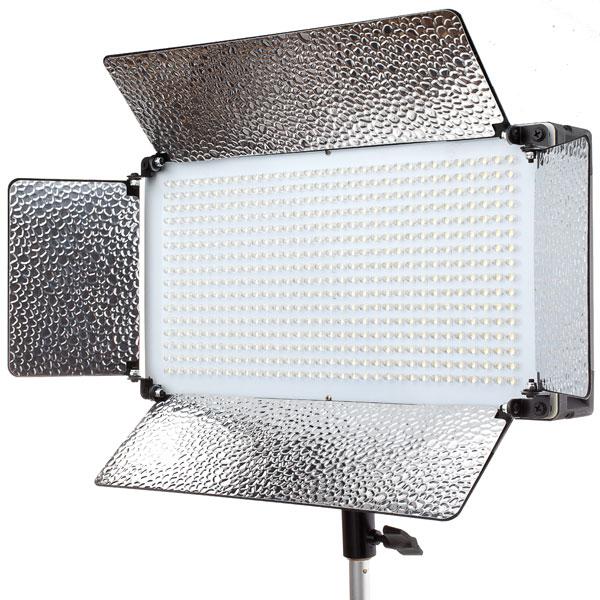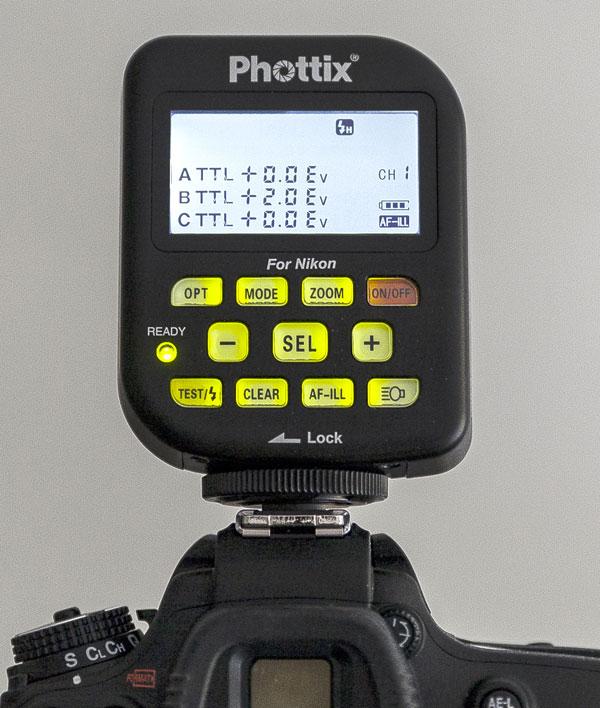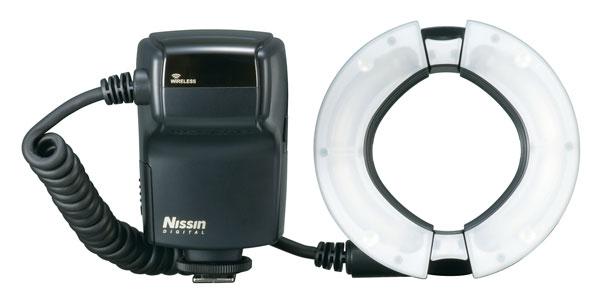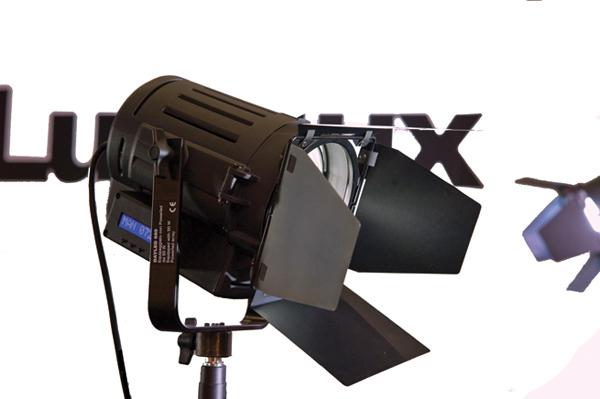|
Dec 03, 2013 |
First Published: Oct 01, 2013 |
|
Oct 11, 2013 |
First Published: Sep 01, 2013 |
|
Oct 15, 2013 |
First Published: Sep 01, 2013 |
|
Oct 18, 2013 |
First Published: Sep 01, 2013 |
|
Oct 18, 2013 |
First Published: Sep 01, 2013 |
|
Oct 22, 2013 |
First Published: Sep 01, 2013 |
|
Oct 29, 2013 |
First Published: Sep 01, 2013 |
|
Oct 29, 2013 |
First Published: Sep 01, 2013 |
Compact Camera NewsCompact Camera ReviewsDSLR NewsDSLR ReviewsLens NewsLens ReviewsLighting NewsLighting ReviewsPhoto Accessory NewsPhoto Accessory ReviewsPhoto Bag NewsPhoto Bag ReviewsPhoto Paper NewsPhoto Paper ReviewsPOV Camera NewsPOV Camera ReviewsPrinter NewsPrinter ReviewsSmartphone NewsSmartphone ReviewsSoftware NewsSoftware ReviewsTripod NewsTripod ReviewsVideo Camera NewsVideo Camera Reviews
|
Sep 20, 2013 |
First Published: Aug 01, 2013 |
|
Sep 27, 2013 |
First Published: Aug 01, 2013 |
|
Aug 30, 2013 |
First Published: Jul 01, 2013 |
|
Apr 02, 2013 |
First Published: Mar 01, 2013 |
|
Apr 05, 2013 |
First Published: Mar 01, 2013 |
|
Apr 19, 2013 |
First Published: Mar 01, 2013 |
